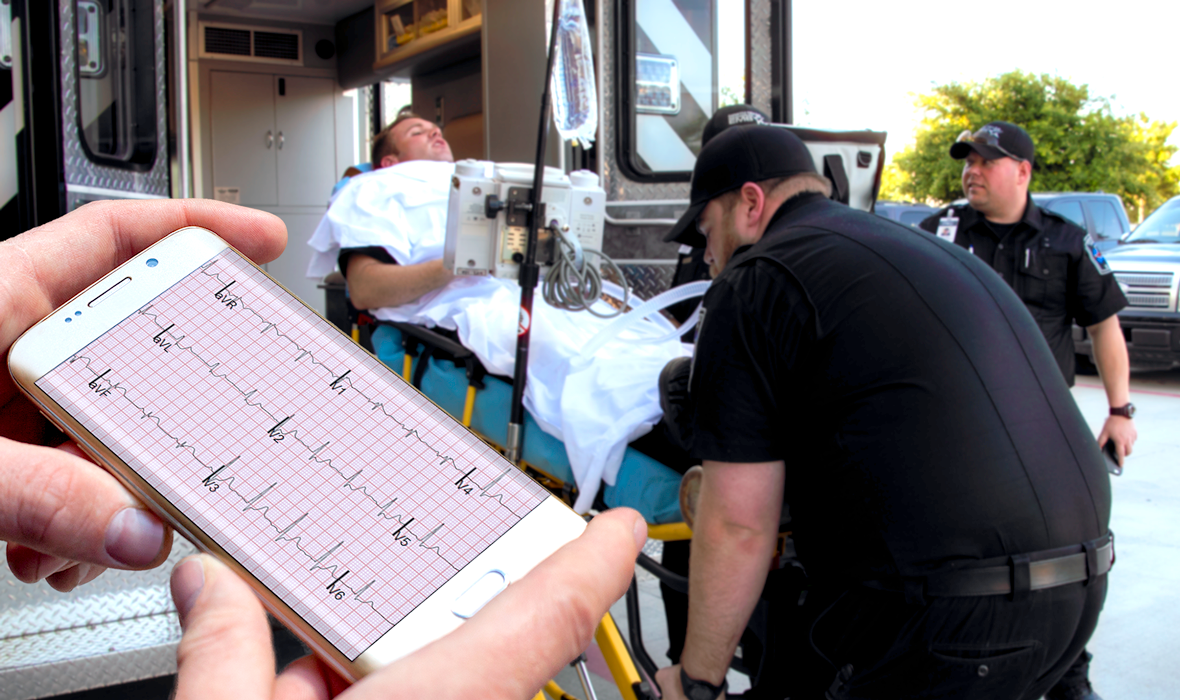Does Your Team Feel Unseen? Close the Leadership Disconnect with 2-Way Communication
Editor's Note: In July 2025, EMS1 and Fitch & Associates released their annual EMS trend survey, What Paramedics Want, proudly sponsored by Pulsara....
1 min read
 Hannah Ostrem
:
Jan 23, 2020
Hannah Ostrem
:
Jan 23, 2020

In emergency conditions like STEMI, patient outcomes depend heavily on the time between onset of symptoms to definitive treatment. As such, clinicians should make every effort possible to reduce any delays during that period.
To that aim, an algorithm developed by the American Heart Association, and published earlier this week, establishes a standardized process which encourages pre-activation of the ED and determines when direct-to-cath-lab protocols are appropriate.
Enabling networked communications across organizations, for example between EMS crews and hospital teams or hospital-to-hospital in the case of transfers, further improves efficiencies of these kinds of protocols. Ensuring ALL members of the care team are on the same page when a patient should to go directly to the cath lab, for example, is critical for preparing all needed people and resources ahead of time to get treatment started quickly.
Protocols like this one can have major implications for patient outcomes. However, we should not implement these protocols by patching together antiquated communication technologies that don't integrate and only cause more confusion and delays.
The future of healthcare is teams connected across organizations by networked communication.
.jpeg?width=540&name=0%20(3).jpeg)

Editor's Note: In July 2025, EMS1 and Fitch & Associates released their annual EMS trend survey, What Paramedics Want, proudly sponsored by Pulsara....
![[PRESS RELEASE] Published Research Finds Up to 31% Faster STEMI Treatment Times in Rural Hospital Setting with Pulsara](https://www.pulsara.com/hubfs/_1_website-page-blog-assets/pulsara-hosp-teams-assign-cardio-stemi-rn-1200x701.jpg)
Published research shows how using Pulsara, alongside standardized field activation and a focus on stakeholder relationships, improves STEMI care and...

Editor's Note: In July 2025, EMS1 and Fitch & Associates released their annual EMS trend survey, What Paramedics Want, proudly sponsored by Pulsara....